The self-drilling hollow anchor includes six artifacts: drill bit, hollow anchor body, connecting sleeve, centering device, backing plate, and nut. Among them, the hollow anchor body is the drill rod. There is no need to withdraw after drilling, so drilling can be achieved. Grouting and anchoring are performed simultaneously, making construction more efficient.
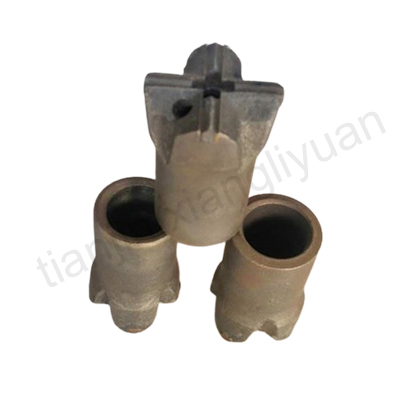
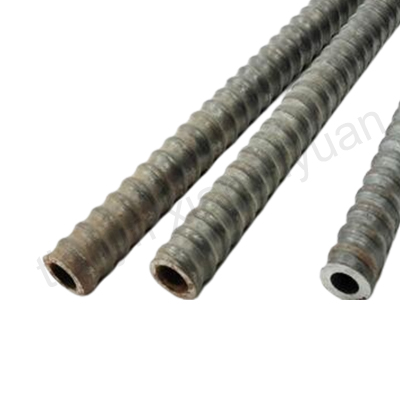
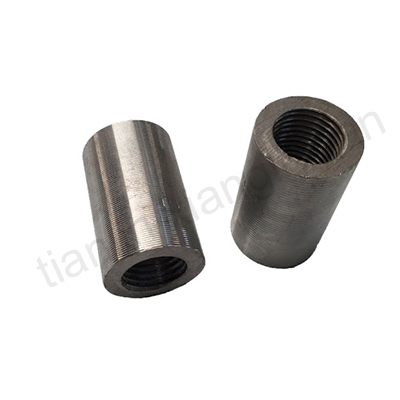
After a self-drilling anchor is drilled to a predetermined depth, it leaves the drill bit at the bottom of the hole. Commonly used self-drilling anchor drill bit shapes include cross all-steel drill bits, cross alloy drill bits, mud drill bits, ball-tooth all-steel drill bits, and ball-tooth alloy drill bits. Each type of drill bit has a variety of outer diameter specifications to choose from, and drill bits can be selected according to different geological conditions and hole diameter requirements.
Self-drilling anchors integrate anchor rods and drill pipes, and have the function of grouting while drilling. The hollow anchor body has a continuous thread throughout the body, and is processed with R-type and T-type threads, which can be cut and connected at will to facilitate construction.
When connecting sleeves are used to connect lengths during construction, the connecting sleeve may become the weak point of the entire anchor. The quality of the connecting sleeve will play a vital role in the quality of the entire anchor. Only by choosing a more appropriate connecting sleeve can the The project is more assured.
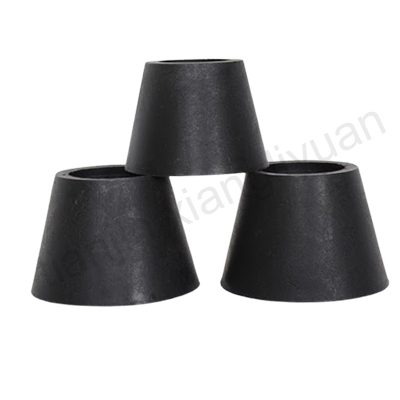
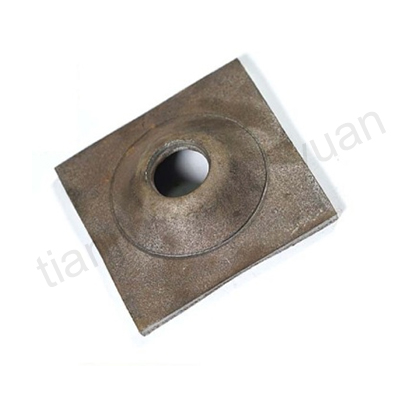
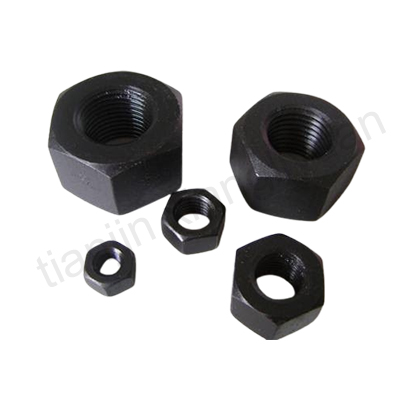
maintain a certain pressure for grouting to fully fill the gaps in the surrounding rock
The backing plate is installed at the end of the anchor body between the nut and the rock formation. According to the shape, it can be divided into arched pads and flat pads. Generally, arched pads are used when soil nails are used, and flat pads are used when micro piles are used.
The nut is an internally threaded device that transmits the anchoring force of the hollow anchor body to the backing plate and locks the backing plate. One end of the nut is processed with an arc surface. When there is a slight angle between the backing plate and the rod body, it can fit hollowly with the backing plate to ensure the transmission of force. If the included angle is large, you can use a hemispherical nut or add a hemispherical washer. Cooperating with the hollow anchor body, it can be as strong as the hollow anchor body and achieve the effect of preventing rock mass deformation.
The components of the self-drilling hollow anchor need to cooperate with each other to form a self-drilling anchoring system, which can well solve the problem of difficult holes in various support projects. Self-drilling hollow anchors do not require casing and wall protection, are easy to construct, can be applied to various strata, have good anchoring effects, and are increasingly widely used in engineering construction.
Get A Quote Today
Best quality at the lowest price

